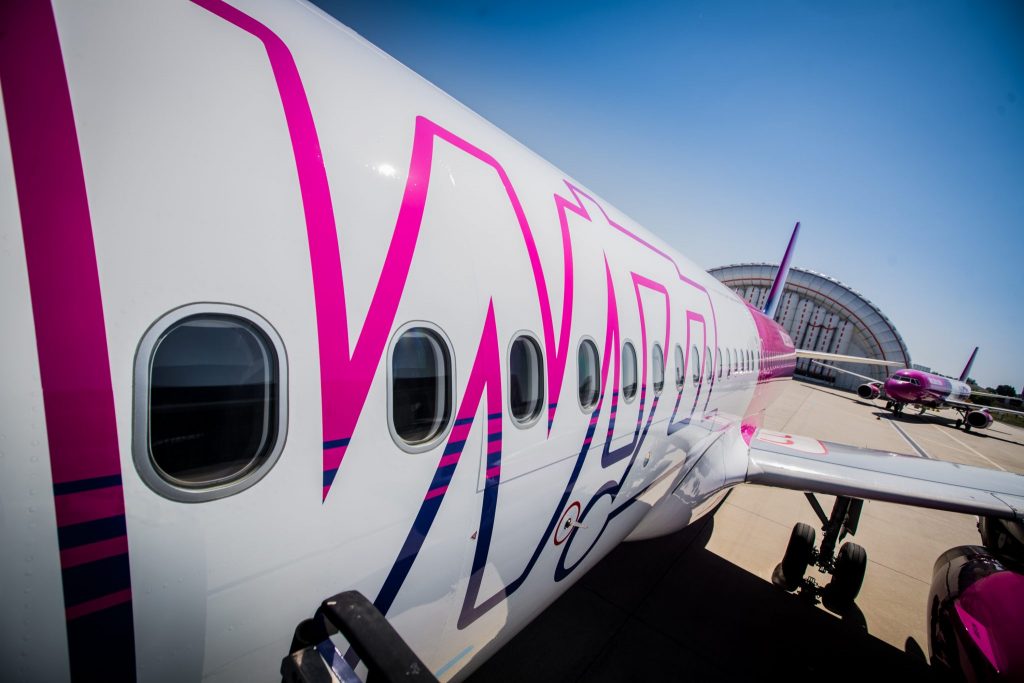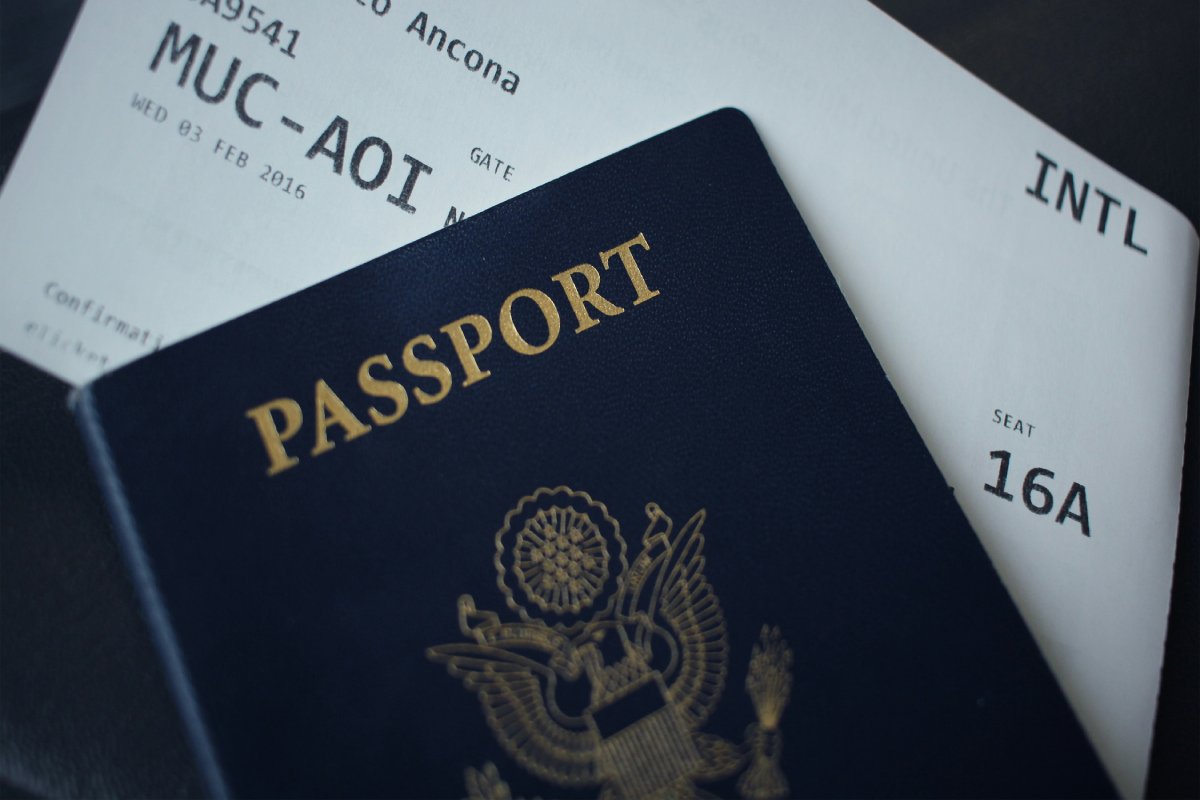These 4 Airlines Made More From Upsells Than Ticket Sales in 2020

Skift Take
Budget airlines long ago pioneered optional extras, such as bag charges. But 2020 was the first year that as many as four low-cost carriers — Allegiant, Spirit, VivaAerobus, and Wizz Air — generated more ancillary revenue, or income beyond standard airfares, than they did revenue from ticket sales.
Hungary-based carrier Wizz Air led the industry by generating 55.9 percent of its revenue last year from ancillaries, according to a report released on Tuesday by travel consulting firm IdeaWorksCompany and CarTrawler, a tech company for car rental bookings. One of the novel WizzAir fees introduced last year was a system surcharge fee.
It wasn't just budget carriers that benefited from upselling. A look at the world's 75 largest commercial airlines showed that average ancillary revenue as a percentage of total revenue last year was 14.6 percent, a rise of 12.1 percent over 2019.
"The durability of ancillary revenue was revealed by the stability of a la carte fees," said Aileen McCormack, chief commercial officer at CarTrawler. "While fares were certainly reduced, airlines did not turn to discounting a la carte fees during the pandemic."
The hottest upsell was charging more for specific seat assignments. But fees for baggage also soared.
Spirit came in a close second percentage-wise by generating 55.8 percent of its revenue, or $278 million, from ancillaries in 2020.
Ryanair led all carriers in absolute transaction volume by boosting its ancillary revenues by roughly a fifth to approximately $3.4 billion (about €2.9 billion).
VivaAerobus, a Mexican low-cost airline, generated 52.6 percent of its 2020 revenue of $413 million (8,221 million Mexican pesos).
Allegiant generated 51.8 percent, or $127.7 million, of its 2020 revenue from ancillaries.
Co-Branded Airline Credit Cards Also Delivered
Another area of growth for airlines to watch is their loyalty programs. In 2020, overall revenue from the five largest US airlines' frequent flyer programs rose on a per-passenger basis by $37.64 more per flight than a year earlier — a 46.4 percent increase.
How did that happen in a period of reduced flying? Co-branded airline credit cards are the answer. Consumer charge activity increased and airlines managed to command good prices for the miles or points sold to local card-issuing banks.
The five largest U.S. airlines (Alaska, American, Delta, Southwest, and United) generated revenue of $11.1 billion from their frequent flyer programs in 202, or $37.64 per passenger, according to the report's calculations. Approximately 90 percent of that cash windfall came from co-branded credit card programs.




